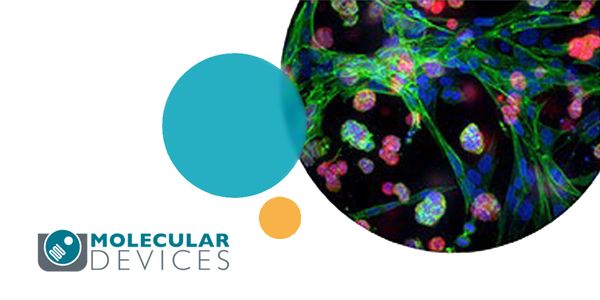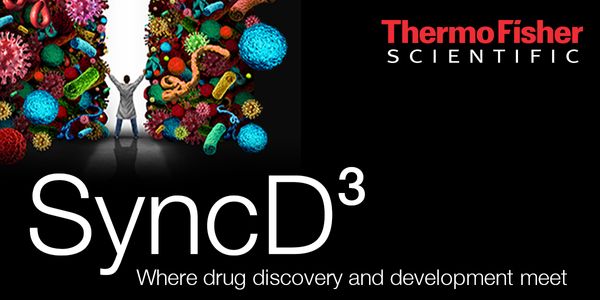OCT 09, 2018 | 6:30 AM
DATE: October 9, 2018TIME: 06:30am PDT, 3:30pm CEST Are ethanol and antibiotics the best measures to prevent microbial contamination? Contamination is an ev...
SEP 18, 2018 | 8:00 AM
DATE: September 18,2018TIME: 08:00am PDT, 11:00am EDT CRISPR-Cas9 gene editing strategies have revolutionized our ability to engineer the genomes of diverse cell types and sp...
SEP 11, 2018 | 7:00 AM
DATE: September 11, 2018TIME: 07:00AM PDTWith increasing safety requirements, and time and financial pressure, the development of new drugs, and the execution of basic research p...
SEP 01, 2018 | 8:00 AM
Delicate cultures including stem cells and primary cells are increasingly used in cell therapy research and development for applications in oncology, immunology, neurology and more. Commonly,...
NSD2 catalyzes the mono- and di-methylation of the e-amine of lysine 36 from histone H3, utilizing the methyl donor S-adenosyl-L-methionine. Increased catalytic activity of NSD2, either by ov...
The pharmaceutical industry’s productivity crisis is well known with >90% of drug candidates failing in clinical testing, primarily due to unexpected toxicity or lack of efficacy. &n...
























